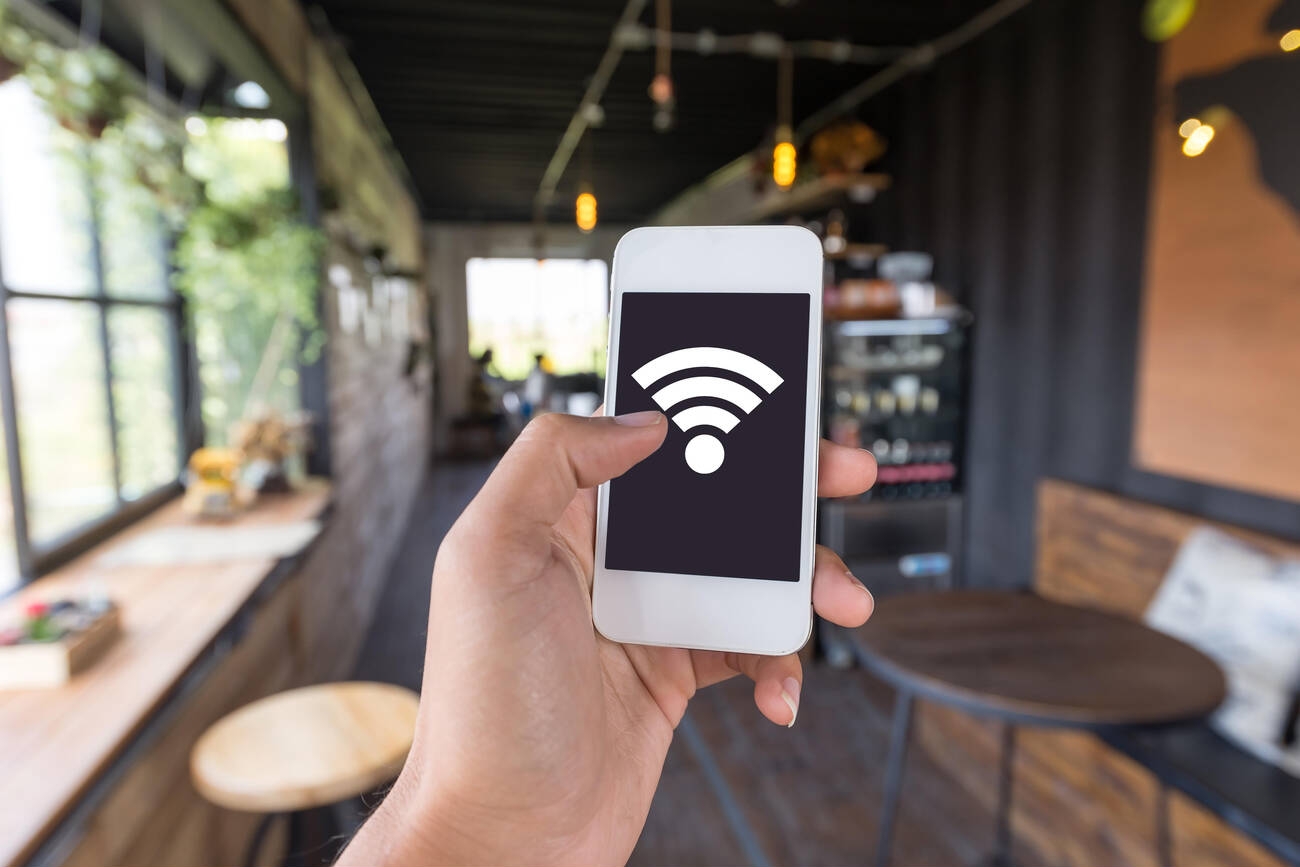Introduction to Free Phone Services
Often provided through government-assisted programs like the Lifeline program in PA, free phone services are crucial in connecting low-income individuals by bridging the communication gap. These programs ensure everyone can stay connected with family, work, and emergency services regardless of their financial situation. In the current era of technology, owning a dependable phone is not a luxury but a vital requirement.
In a world that increasingly relies on digital connectivity for daily tasks, free phone services offer a vital lifeline for those who might otherwise be left behind. These government initiatives work tirelessly to ensure everyone can access basic communication tools essential for participating in modern society. From arranging doctor’s appointments to coordinating jobs and maintaining social connections, the importance of having a phone cannot be overstated.
How Free Phone Services Work
These services typically provide a primary mobile phone and a set amount of free minutes, texts, and data each month. Some programs may also include free smartphones, offering a more enhanced connectivity experience. The primary goal is to provide essential communication tools without the burden of high costs, ensuring equitable access for all. These programs often receive funding from various federal and state budgets to reduce the digital divide. These services support social equity and community welfare by ensuring everyone can communicate. Governments allocate significant resources to these programs because they recognize communication’s critical role in fostering economic and social inclusion.
Eligibility Criteria
Eligibility often depends on income levels and participation in federal assistance programs. For instance, individuals in programs like SNAP or Medicaid generally qualify for these services. The exact criteria can vary by state, but the overarching goal remains to support those most in need. Often, the process is designed to be as inclusive as possible, covering a wide range of qualifying conditions. Different states have unique qualifiers, but all adhere to overarching federal guidelines to ensure everyone fitting the income or program criteria can benefit. It makes the services widely accessible to those who need them most. The criteria are intentionally broad to cover a wide swath of the population, ensuring that no one needing assistance is left out.
Application Process
The application process for free phone services is usually straightforward. It involves submitting proof of income or enrollment in a qualifying federal assistance program, followed by a quick eligibility check. Most applicants find out if they qualify within a few days, making it a relatively fast resource for those in immediate need. Applicants will typically need to provide documentation such as pay stubs, tax returns, or statements from federal support programs. This paperwork ensures the resources are directed towards those who genuinely need them. The verification process ensures that eligible individuals promptly receive the necessary support, upholding program integrity.
Benefits of Free Phone Services
Free phone services offer numerous advantages. They enable more accessible access to job opportunities, improve communication with healthcare providers, and provide a lifeline during emergencies. Mobile phones are essential tools for job seekers, with 79% of those who use smartphones for job searching saying they find them “very important.” This statistic highlights phone connectivity’s crucial role in modern employment landscapes.
Additionally, these services help keep families connected and provide crucial access to emergency services. In healthcare, timely communication can be a lifesaver, enabling better medical care through easier appointment scheduling and follow-up. For instance, patients can quickly receive reminders for their medication or upcoming appointments, contributing to better health outcomes.
Moreover, having a reliable phone can enhance educational opportunities. Many educational resources and online classes are accessible via mobile phones, allowing individuals to pursue learning and self-improvement more easily. This access can benefit children and young adults looking to enhance their educational prospects.
In places where these programs are active, there’s clear evidence that better communication means better opportunities. People gain more access to jobs, healthcare, and educational resources, collectively improving community well-being. For instance, one study showed that families who gained access to free phone services were more likely to secure employment. Effective communication was a key factor cited by employers when making hiring decisions.
Furthermore, case studies demonstrate that free phone services enhance emergency response effectiveness. Individuals have quicker access to emergency services, potentially saving lives by reducing response times. Community awareness and participation in such programs are essential to amplify their positive effects.
Potential Challenges
Despite the benefits, free phone services face some challenges. These include limited availability in certain areas, occasional fraud, and the need for regular program updates to keep up with technological advances. Ensuring everyone has access without pitfalls requires ongoing oversight and adaptation from policymakers and service providers. Addressing these challenges involves proper resource management and policy adjustments. For example, advancing phone technology necessitates updating the types of phones and services provided to stay relevant.
Fraud detection mechanisms must also be continually improved to prevent misuse of the programs. Raising awareness about the availability of these services can sometimes be challenging. Outreach programs are necessary to educate potential beneficiaries about their eligibility and the application process. Effective communication strategies are essential to reach a broad audience and ensure the programs are fully utilized.
Conclusion: Enabling Connectivity
Free phone services are more than just a stopgap; they are a powerful tool for enabling connectivity and improving the quality of life for low-income individuals. These programs help bridge the gap by providing essential communication tools, ensuring everyone can stay connected. Modern life is inextricably linked to our ability to communicate, and these programs play a pivotal role in ensuring that no one is excluded. Ultimately, these services contribute to a more equitable society where everyone has the means to communicate, regardless of their economic status. The importance of accessible communication cannot be overstated, whether for personal, professional, or emergency purposes. We can make significant strides toward a more connected and inclusive world by supporting and refining these programs.





